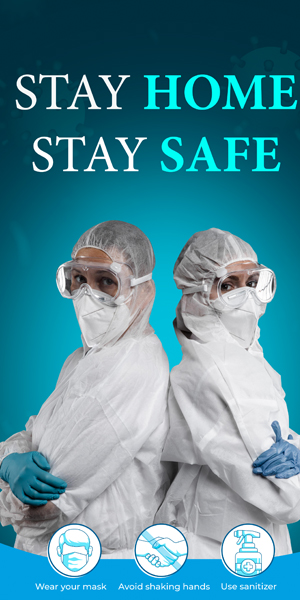Fixing aging skin is a popular choice for people of different age groups. Giving the face a more lifted and plump appearance can remove some ages from your looks. While surgical facelift happens to be popular and efficient, there are other options too. Many people choose not to go under the knife for various reasons. But not wanting to go for surgery does not mean that you will have to live with drooping skin. Ultrasonic energy can fix the droopiness by giving your skin a lift and better collagen production for a long time to come. This procedure is perfect for people looking for some options with no recovery period or sedatives. As it can fix different parts of the face, the patient gets a beautiful outcome.
This is a non-invasive method for neck, décolletage, chin, and brow skin tightening and lifting. This novel technology penetrates deep into the skin to the structural layers using ultrasonic energy. It thus targets a tissue depth that is comparable to that of a surgical facelift. It lifts and tightens skin naturally without the need for surgery or recovery time thanks to tried-and-true ultrasonic energy. Without requiring any downtime, this revitalizing procedure increases the production of new. Patient satisfaction with this process is exceptional.
What Is It?
Aging will inevitably lead to sagging, inelastic skin. This process uses ultrasonic energy, which is released from the device as heat, to assist in reversing part of this drooping. When heat is applied to the layers of muscle and deep skin, it tightens the skin and encourages the creation of new, more elastic collagen. Deep tissue layers are treated by ultrasonic energy, which spares the surface. The ultherapy process is approved to tighten and elevate the following areas:
Brow
Chin
Neck
Décolletage (Improving Wrinkles)
Looking past the surface
Using an ultrasound, we can see the area we are treating on a computer monitor in the same way that a doctor would view an ultrasound to identify a tissue problem. The device will be moved across your skin back and forth during your session. While some people report merely the slightest pinching sensation, others report more severe pain. During your visit, professionals will go over your options for oral pain medicine. In some cases, patients are not allowed to drive home by themselves due to the effects of pain medication. Make sure to discuss this with your doctor.
What to anticipate from this therapy?
You will not require general anesthesia after receiving therapy, so you can immediately resume your regular activities. Some people get mild puffiness or redness that goes away within a day or two, and some people get different degrees of bruises.
A few of the patients might see a change in their skin quite rapidly. However, one should not anticipate seeing effects until the skin has had three months to produce new collagen, and then you should continue to notice improvements for six months. The effects are long-lasting, however after a few years or anytime skin starts to look droopy again due to natural aging, you will notice a diminishing effect. There is always the option to schedule another appointment.
Does it cause pain?
Every one of the patients experiences treatment in a somewhat different way; some find it to be minimally uncomfortable, while others with high sensitivity levels are frank about their preference for comfort measures. Under your skin, you could feel hot or tingly or like something is pinching you. If you are anxious about the procedure, discuss your concerns with the doctor. They will explain what to anticipate and provide you with ways to ease your suffering. When the therapy is over, any sensation you had from the device should have instantly subsided. Over-the-counter painkillers can be used to ease mild post-treatment discomfort.
Does it come with any risks?
Even though non-surgical therapies do not include incisions or invasive surgery, there is still a chance of some risks and side effects. Among the adverse effects of this are:
Inflammation
Tingling
Bruising
Momentary numbness
Skin sensitivity
Temporary damage to the nerves
Temporary thermal damage
The FDA has approved this treatment, which has been used millions of times with only a small number of long-term problems. However, such details do not rule out the possibility of adverse consequences, so you must have all the information you need to make an informed treatment decision.
How many sessions of this therapy will I need?
For most people, benefits can be obtained with just one session. Months later, fewer individuals still benefit from a second session. Your level of skin laxity and other variables will determine this. It is advisable to postpone determining if you require additional therapy as collagen formation takes several months. If you want to keep the effects you get after your initial treatment, you can benefit from one every year.
Does it have any side effects?
You can get puffiness, tingling, redness, and transient numbness following therapy. In the hours or days that follow, it ought to become better.
Does it involve any recovery?
It has no downtime, similar to the majority of other non-invasive procedures; however, there may be “social downtime” due to mild swelling or bruises. If you would like, you can go back to work right after, but other people would rather use the day for self-care. Resuming vigorous activity after 24 hours is a good idea to give the treated areas time to heal.








Leave a Reply